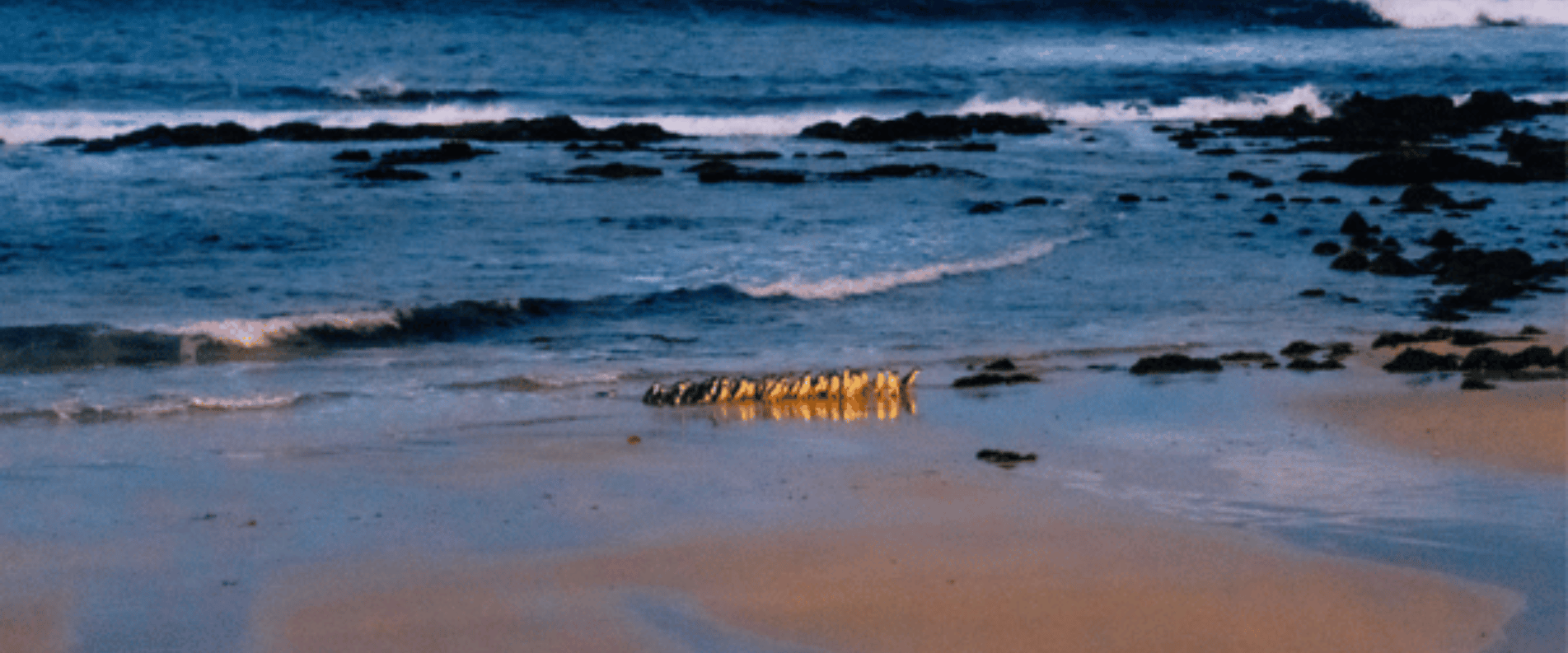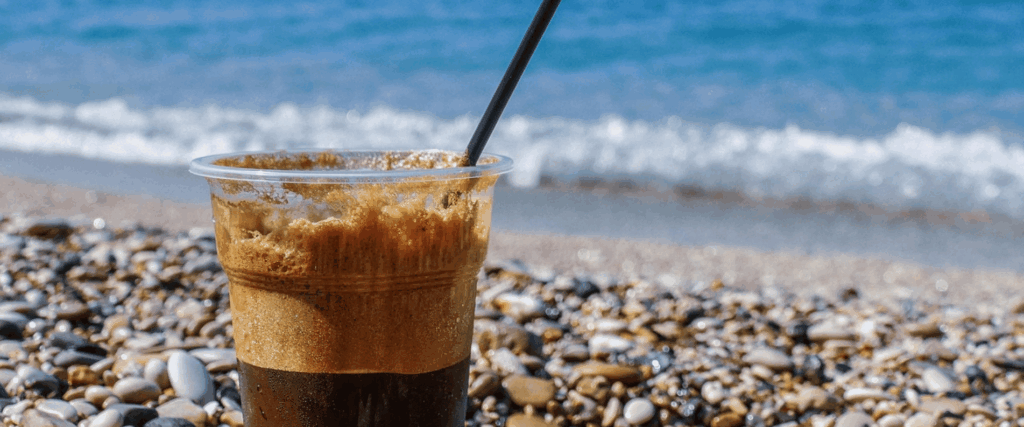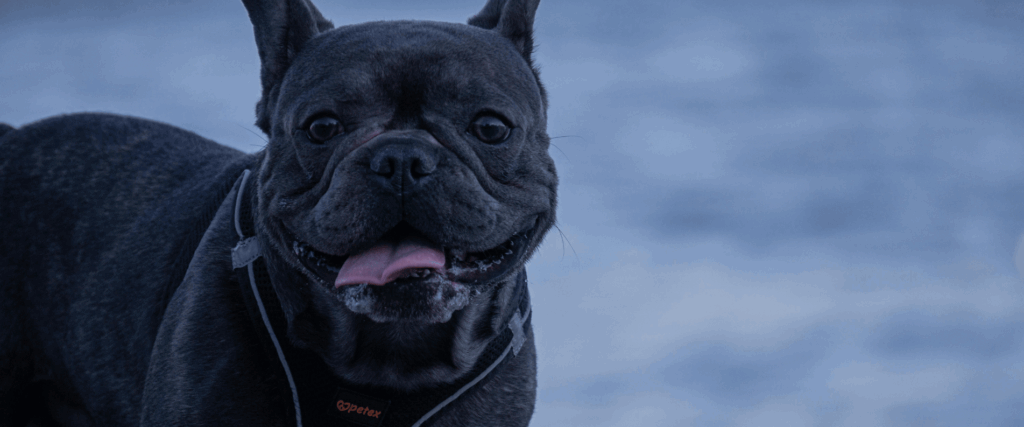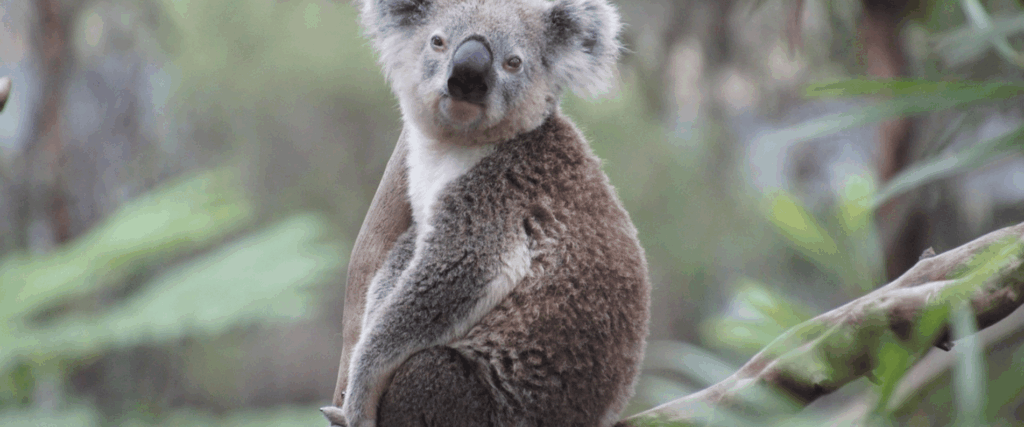How have the little penguins adapted to life underwater?
The little penguins of Phillip Island have a double life!
If you’ve ever been to the penguin parade at Phillip Island, then you will have seen how the little penguins waddle onto the shoreline at nighttime as they make their way into the burrows – they have a fascinating habitat.
For the penguins, that’s their evening commute home from a big day hunting out at sea.
A whopping 40,000 penguins populate the penguin colony on Phillip Island. That’s a lot of penguins to be swimming around the ocean!
The underwater conditions
The water is very cold. The sub-arctic temperatures are low, and the penguins dive deep to find their fishy meals.
How have the little penguins adapted to live underwater?
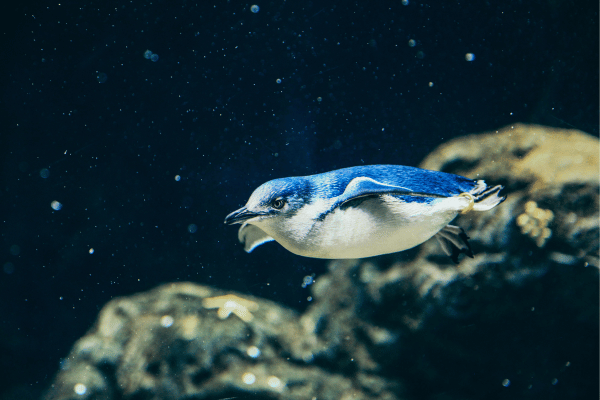
As the little penguins spend most of their life underwater finding food, it’s no surprise that they have adapted well to a subaquatic lifestyle!
They can swim incredibly fast under the water. They can swim at an average speed of 6.4km per hour. Known for their agility and ability to reach great depths underwater.
They’ve adapted through…
- Blending in: Their black and white feathers help to blend them in with the water. These penguins are experts at camouflage. From the bottom of the water, they have a brighter belly. To the fish below, they’ll blend in with the sea above.
- Powerful flippers: The little penguins have really strong flippers, which propel them faster through the water. They’re a lot faster in the water than they are on land.
- Curved head: This allows them smooth, streamlined movement through the water
- Oily feathers: The penguins secrete their oil to create an oily layer on the top of their feathers. This helps to smooth their body so that they can move easily through the water, and keeps their body temperature regulated.
From far away, a colony of penguins underwater look like a big school of fish. They’re similar in their circular body shape and how they move through the water.
Master camouflagers
From the top of the ocean’s surface, they’ll appear darker in colour on the tops of their heads due to their darker feathers, which makes them camouflage in the darkness of the water when they pop their head from the water.
Do the penguins communicate with each other at sea?
Most of the inter-penguin communications happen as the penguins are returning from the ocean. They feed at sea and spend most of their day out there, but they’re generally solo whilst in the ocean. At dusk, they gather together in colonies on the sand. That’s because they have to make their way back to the burrows by waddling across the beach in the safety of a bigger group.
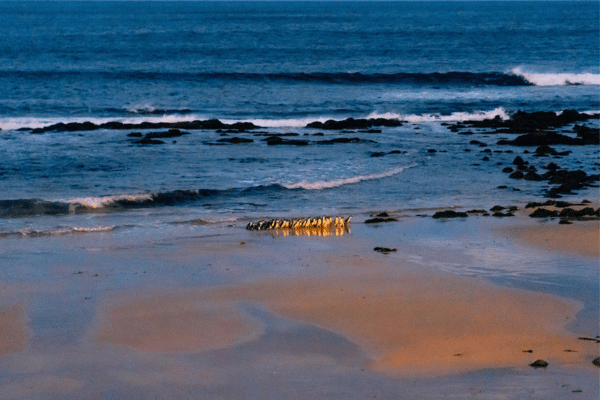
However, there are a few different predators that might try and catch them as they come out of the water. If you’ve ever seen the Penguin Parade, then you’ll notice the predatory birds of Phillip Island waiting for the penguins to come out of the water!
They return to their burrows at the same time every day.
